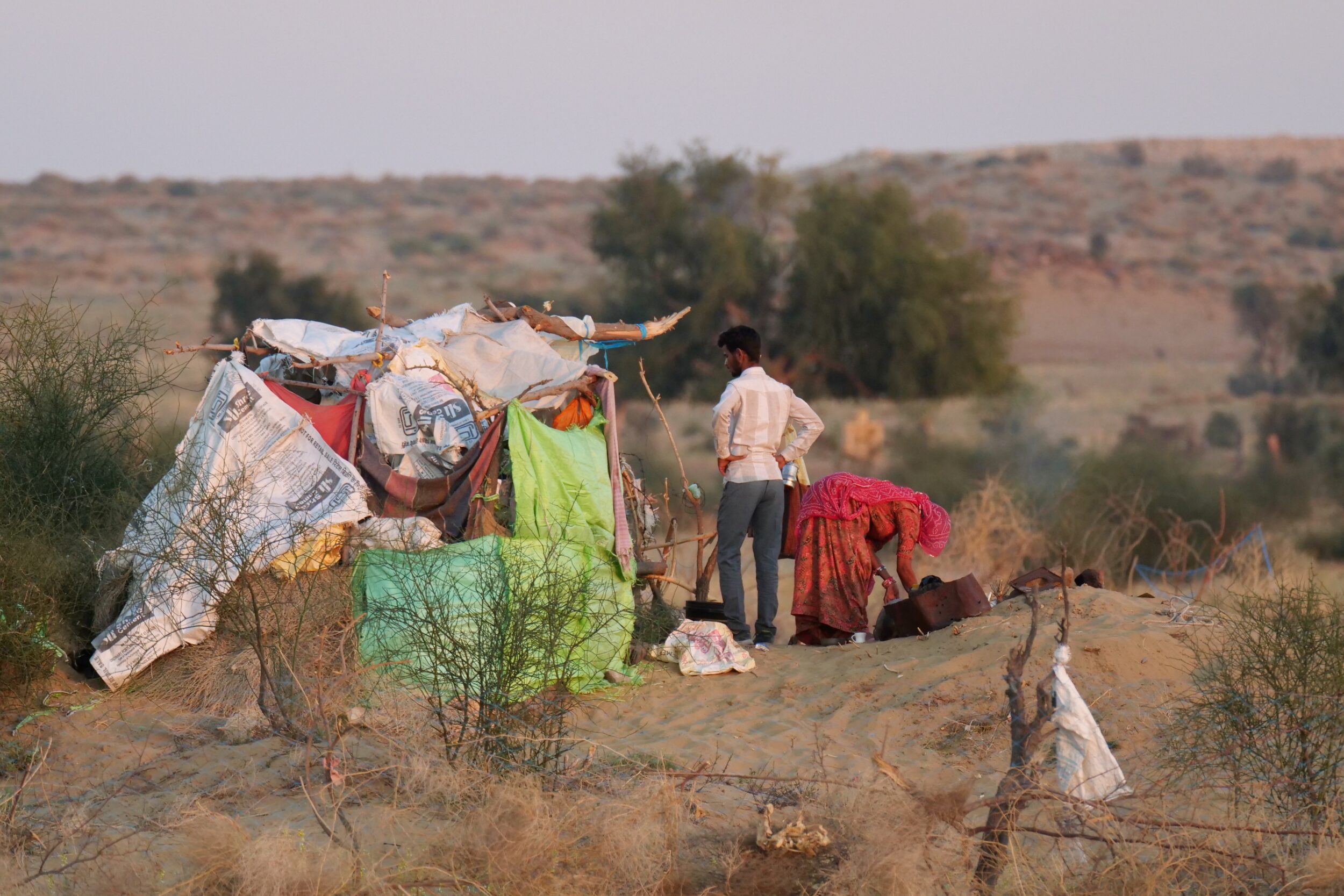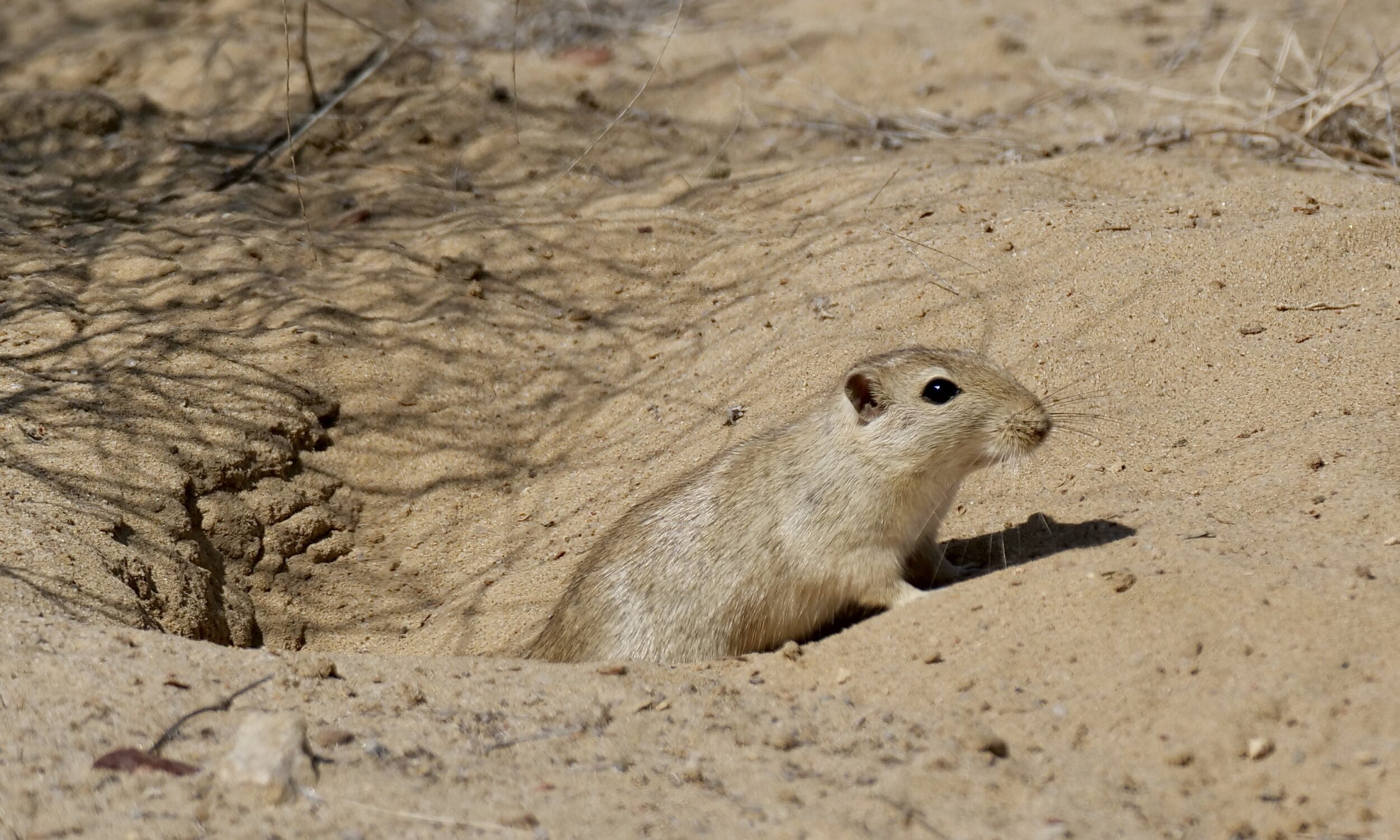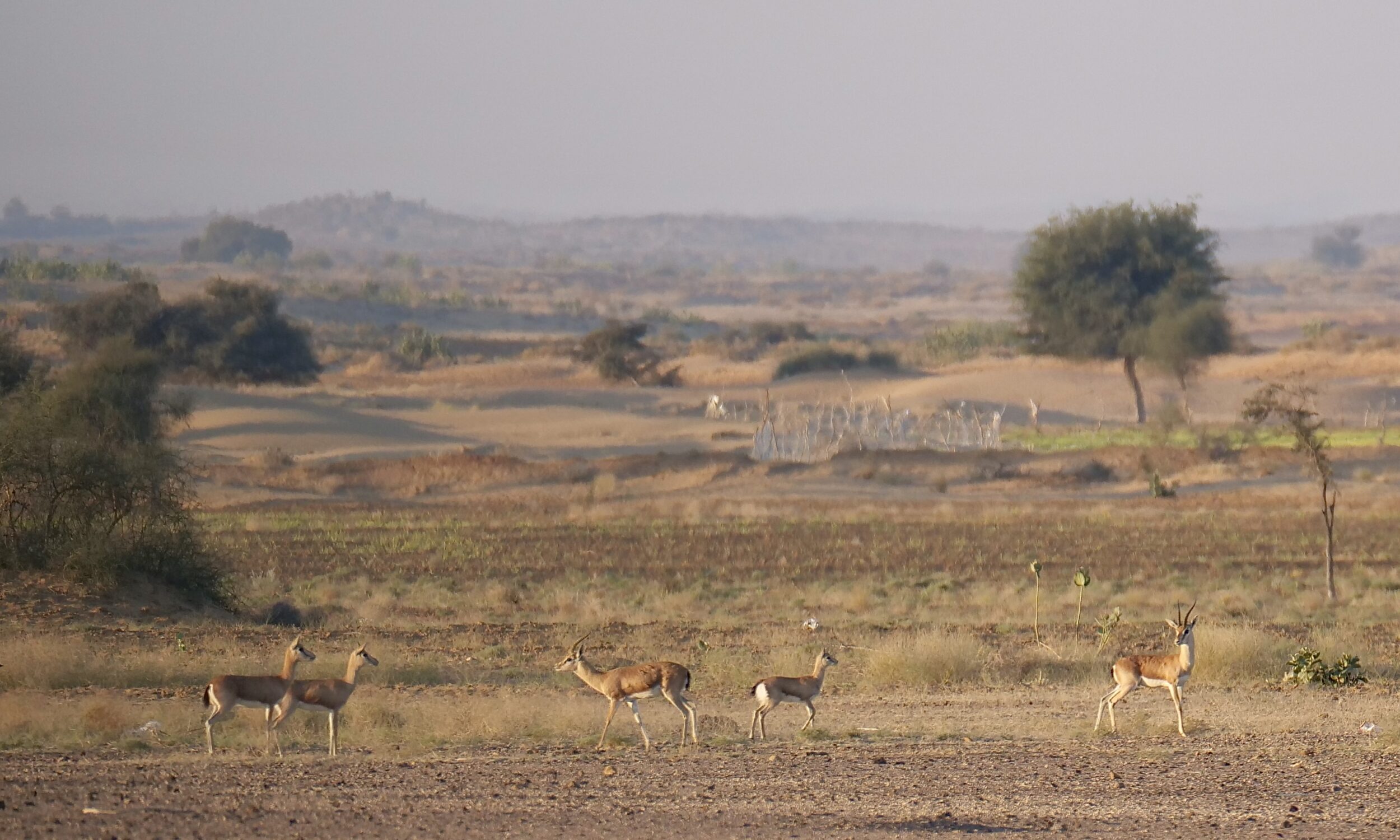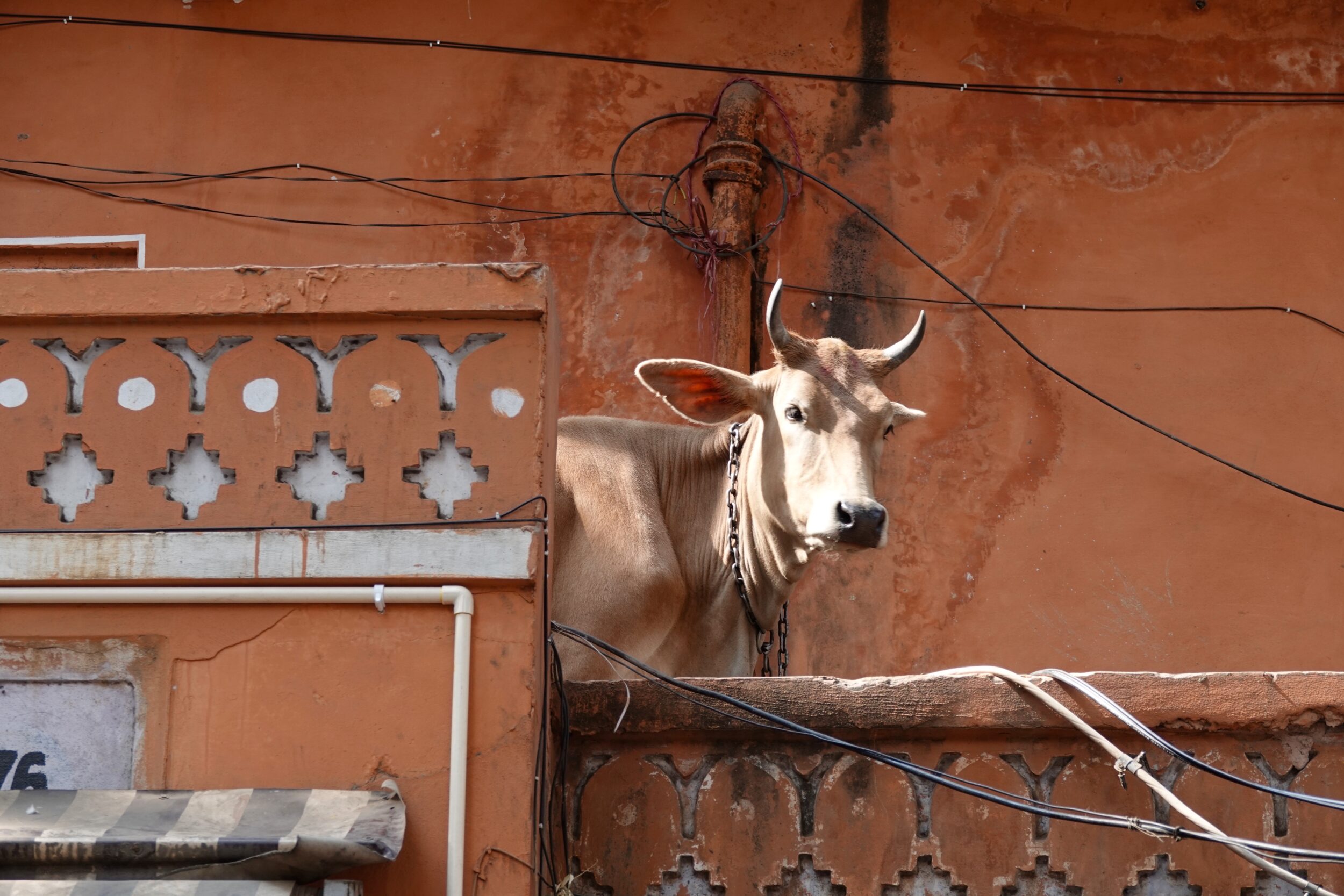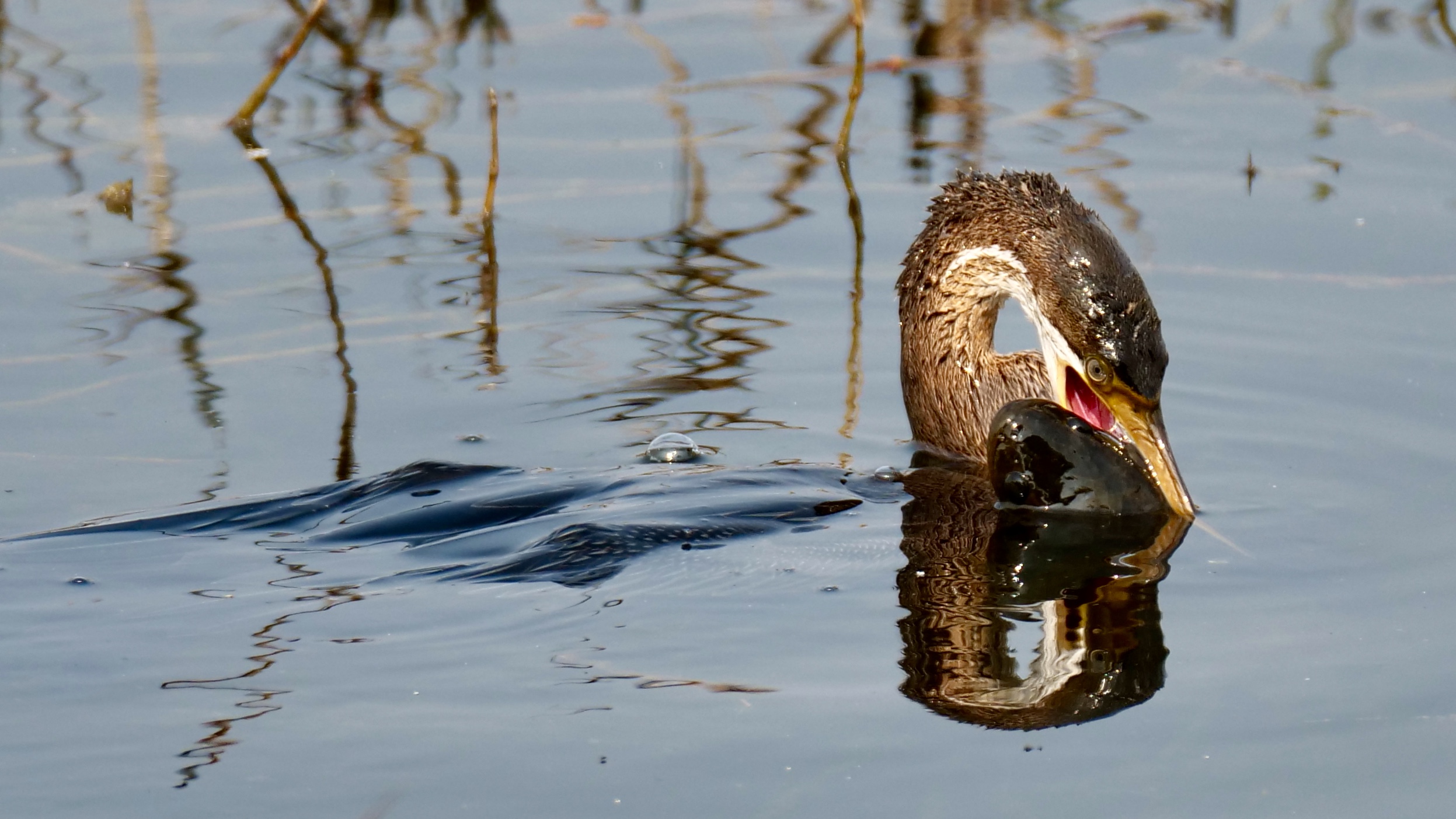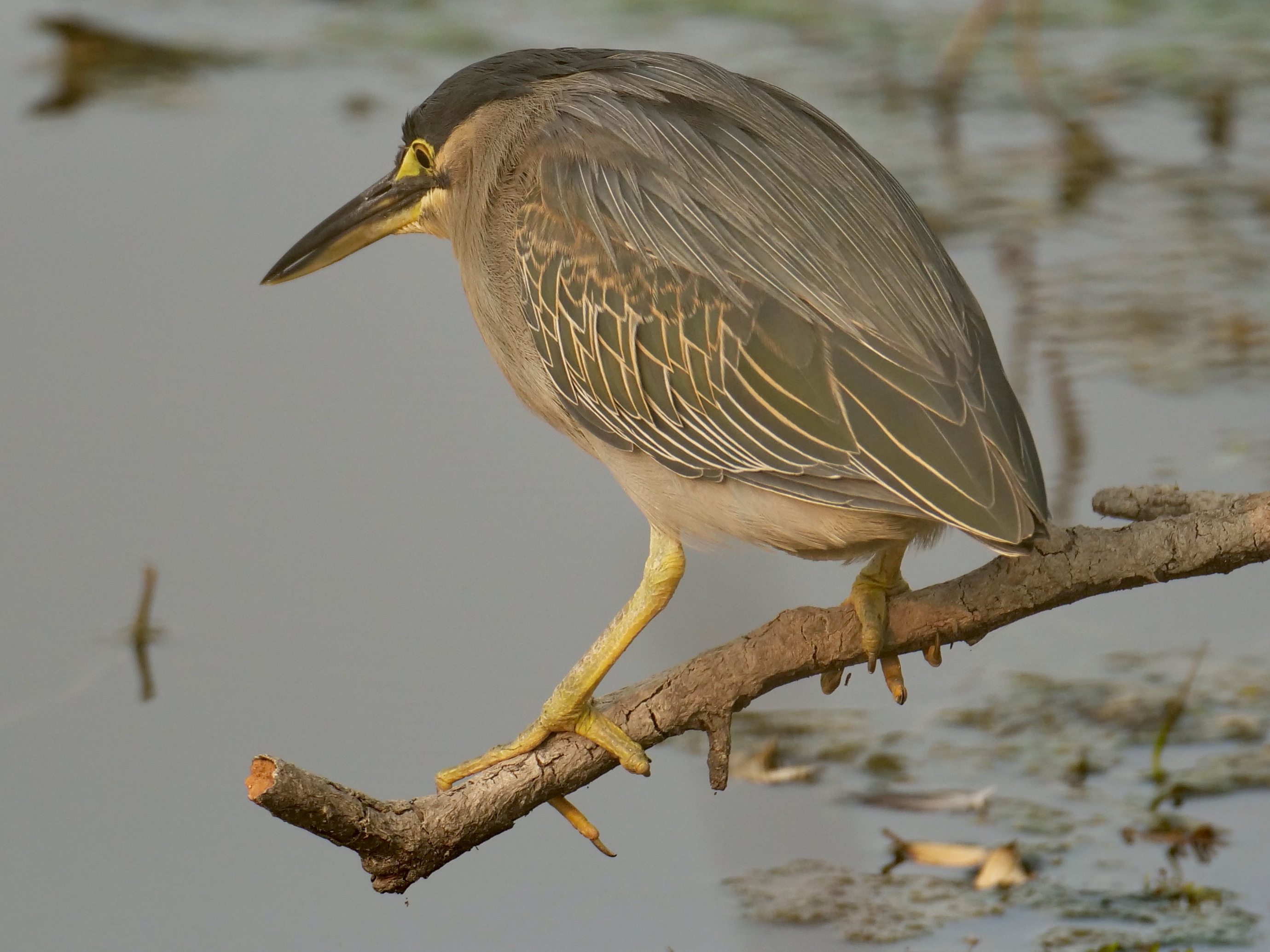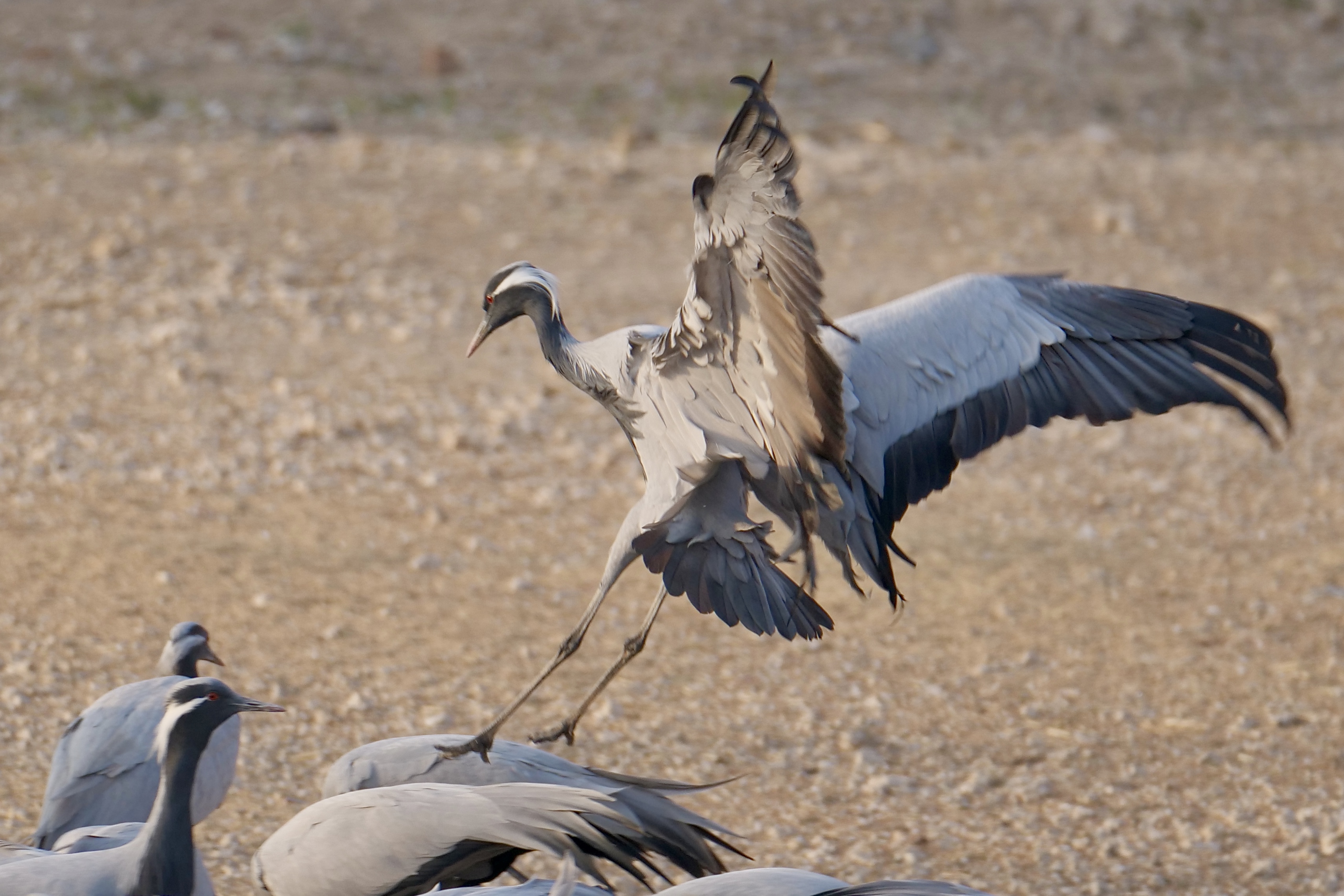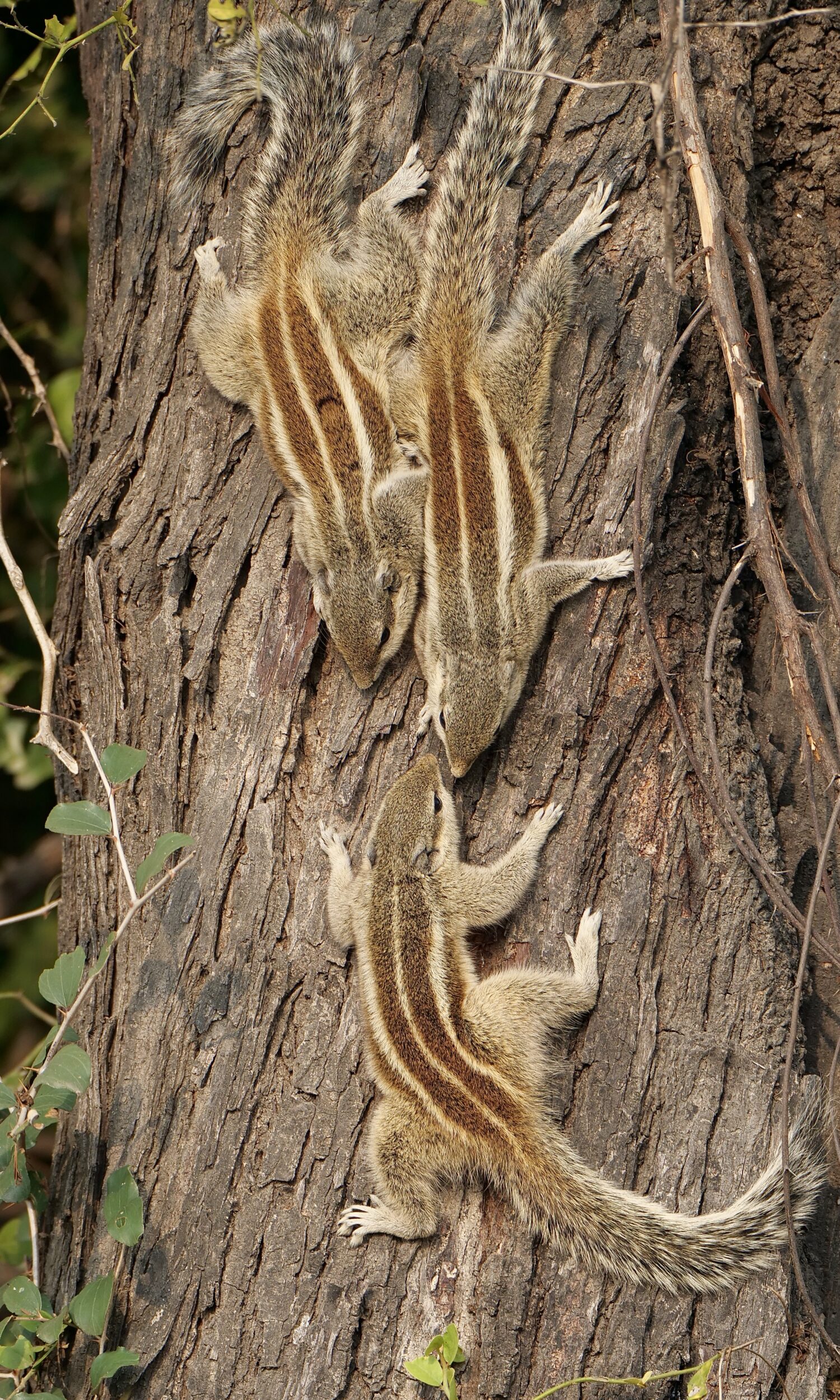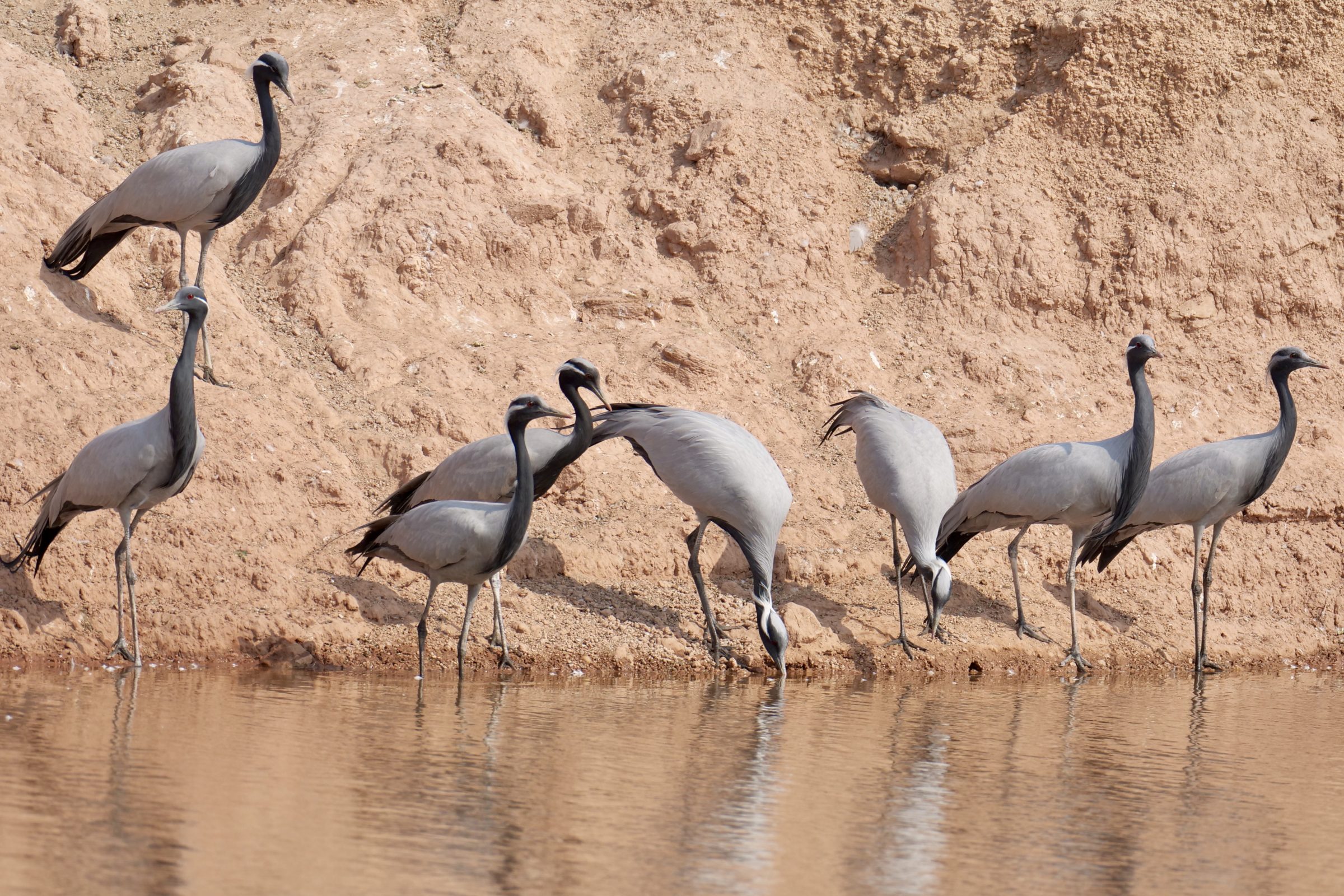As last updated on 02 January 2025, on www.WA.gov.au:
If you are thinking about owner-building your own home or small commercial building, you will need to have been granted owner-builder approval from the Building Services Board before you can be granted a building permit from your local government authority.
Indian bureaucracy is globally-notorious, but in at least some parts of Rajasthan, the “DIY housing sector” is subject to very much less “regulation” than is Western Australia’s.
Comments closed